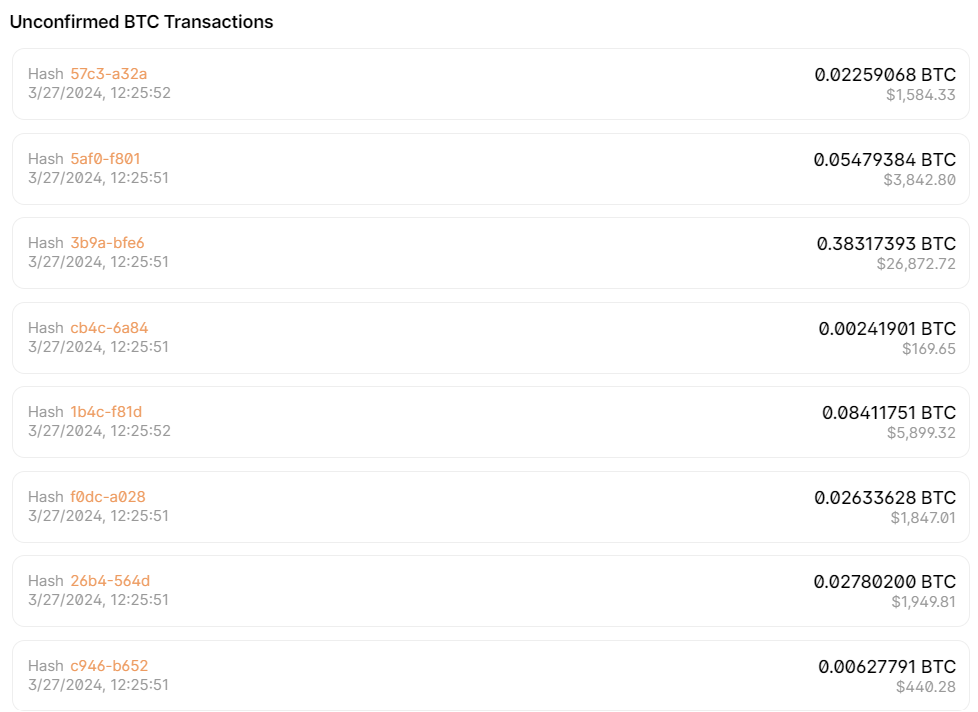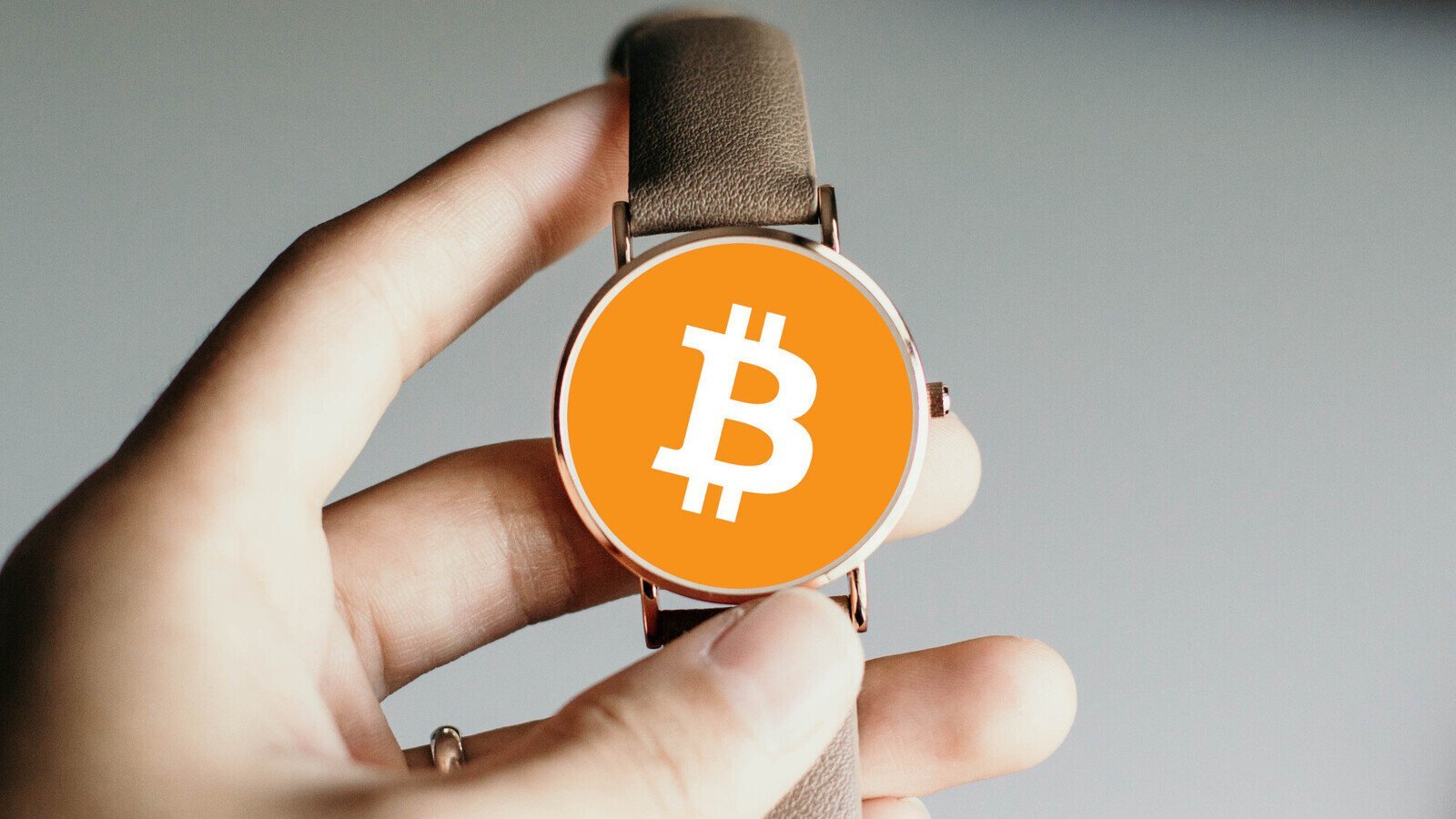When you’re sending funds on a blockchain, unconfirmed transactions that are stuck for hours or even days can be extremely frustrating. However, the good news is that there’s no need to panic – the transaction will most likely be confirmed eventually, and you can actually speed up the process by paying a higher fee.
In this article, we explain what unconfirmed transactions are and how you can get them confirmed faster.
עיקרי המפתח:
- Unconfirmed transactions are cryptocurrency transactions that are yet to be included in a block.
- Unconfirmed transactions exist in the mempool (memory pool) until a miner or validator selects them and includes them in a block.
- The most common reason for a transaction staying unconfirmed for a long period of time is that the user included a comparatively small fee.
- You can use features such as RBF (replace by fee) to submit a new transaction with higher fees to speed up the confirmation process.
What does “unconfirmed transaction” mean on a blockchain?
An unconfirmed transaction is a transaction that was initiated but hasn’t been recorded on the blockchain yet. With cryptocurrencies like Bitcoin, unconfirmed transactions exist in the blockchain’s memory pool, more commonly known as the “mempool”. You can view the activity in the Bitcoin mempool on websites such as Blockchain.com.

The simplest way to understand the mempool concept is to imagine it as a waiting room for transactions. A transaction remains in the mempool until a miner (in a Proof-of-Work blockchain) or a validator (in a Proof-of-Stake blockchain) to select it and add it to the blockchain.
In almost all cases, miners and validators prioritize transactions that have the highest fees associated with them – the miner / validator wants to earn the highest possible reward if they are selected to add the next block to the blockchain.
So, if there is a large number of transactions in the mempool and you paid a comparatively low transaction fee, your transaction can remain unconfirmed for an extended period of time since miners / validators will select transactions with higher fees first.
Once the number of transactions in the mempool is small enough where a miner can add your transaction without missing out on a transaction with a higher fee, your transaction will be added to the next block.
A transaction is considered confirmed as soon as it is included in a block. Such a transaction is said to have one confirmation. However, depending on who you’re transacting with, they might require additional confirmations before they recognize the transaction as final. You can learn more about this topic in our article explaining Bitcoin confirmations.
Another important thing to understand about how mempools work is that not every node on a particular blockchain has the same mempool – in other words, there is no universal mempool shared by all nodes. Each node’s mempool at any given point in time will depend on its configuration and which transactions have been propagated to it up to that point.
How to fix an unconfirmed transaction?

If the transaction you sent is still unconfirmed, the best course of action is to simply be patient – it will likely be confirmed relatively soon.
To avoid issues related to unconfirmed transactions, we recommend you use a Bitcoin wallet that that supports RBF (replace by fee) or CPFP (child pays for parent). RBF makes it possible for the user to replace an unconfirmed transaction with a transaction with a higher associated transaction fee. This will make it more likely for a miner to select it and include it in a block faster.
RBF is supported by popular Bitcoin wallets such as Electrum and Blue Wallet. Ledger Live and Trezor Suite, which are the software wallets created by the two most popular hardware wallet companies, also support RBF.
שאלות נפוצות
Now, let’s quickly address some of the most common questions users have on the topic of unconfirmed blockchain transactions.
How to cancel an unconfirmed Bitcoin transaction on the blockchain?
If you have sent a Bitcoin transaction that is still unconfirmed, it is possible to “cancel” it by sending another transaction with the same inputs to back to your own wallet. The fee paid for this second transaction should be significantly higher than the fee for the first transaction, so that miners will prioritize it instead of the transaction you’re looking to cancel.
The easiest way to do this is to use a Bitcoin wallet that supports the RBF (replace by fee) feature. RBF allows you to replace an unconfirmed transaction with another transaction with a higher associated fee. This can be used to speed up the confirmation of a transaction to another user or “cancel” an unconfirmed transaction by sending funds back to your own wallet.
How to confirm a blockchain unconfirmed transaction?
If your transaction has been unconfirmed for an extended period of time, the most likely reason is that you paid a comparatively low fee. This means that miners or validators are prioritizing other transactions, which is why your transaction hasn’t been included in a block yet.
In most cases, the best course of action is to simply wait until the transaction in confirmed. Alternatively, you can replace the unconfirmed transaction with a new transaction that spends the same coins but has a higher transaction fee. You can do this if you’re using a wallet that supports the replace by fee (RBF) feature.
Will an unconfirmed Bitcoin transaction be returned?
If you are wondering what is actually happening when your Bitcoin transaction has been unconfirmed for days, the good news is that the Bitcoin is still yours, even though the wallet software you’re using might not allow you to spend it before the transaction is dropped out of the mempool.
In the case of Bitcoin, the amount of time that a transaction can stay unconfirmed is up to two weeks. While there is no rule in the Bitcoin protocol specifying this, the most popular Bitcoin clients (for example Bitcoin Core) are configured by default to remove transactions from their memory pool after 14 days.
If you want to understand this topic in a bit more detail, we recommend you take a look at the following video from renowned cryptocurrency educator Andreas Antonopoulos.
השורה התחתונה
Unconfirmed transactions typically become a more significant problem during periods of network congestion, when a very large number of transactions is competing to be included in the next block.
If you’re frequently encountering issues when transacting with Bitcoin and Ethereum, you might want to try using a cryptocurrency with faster and cheaper transactions. We provide a list of the cheapest cryptos to transfer to help you save money and time on blockchain transactions.
Source: https://coincodex.com/article/39991/blockchain-unconfirmed-transaction/